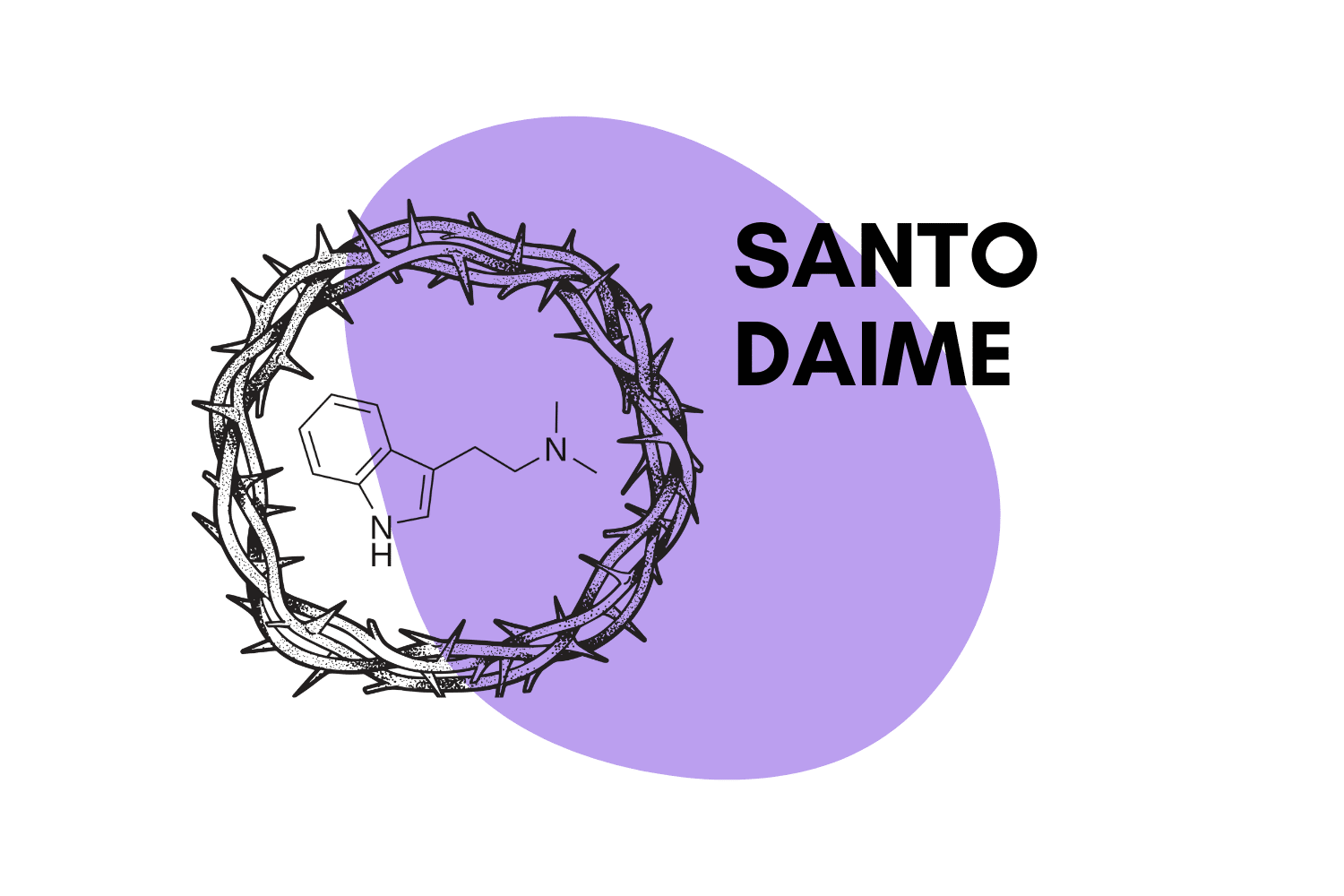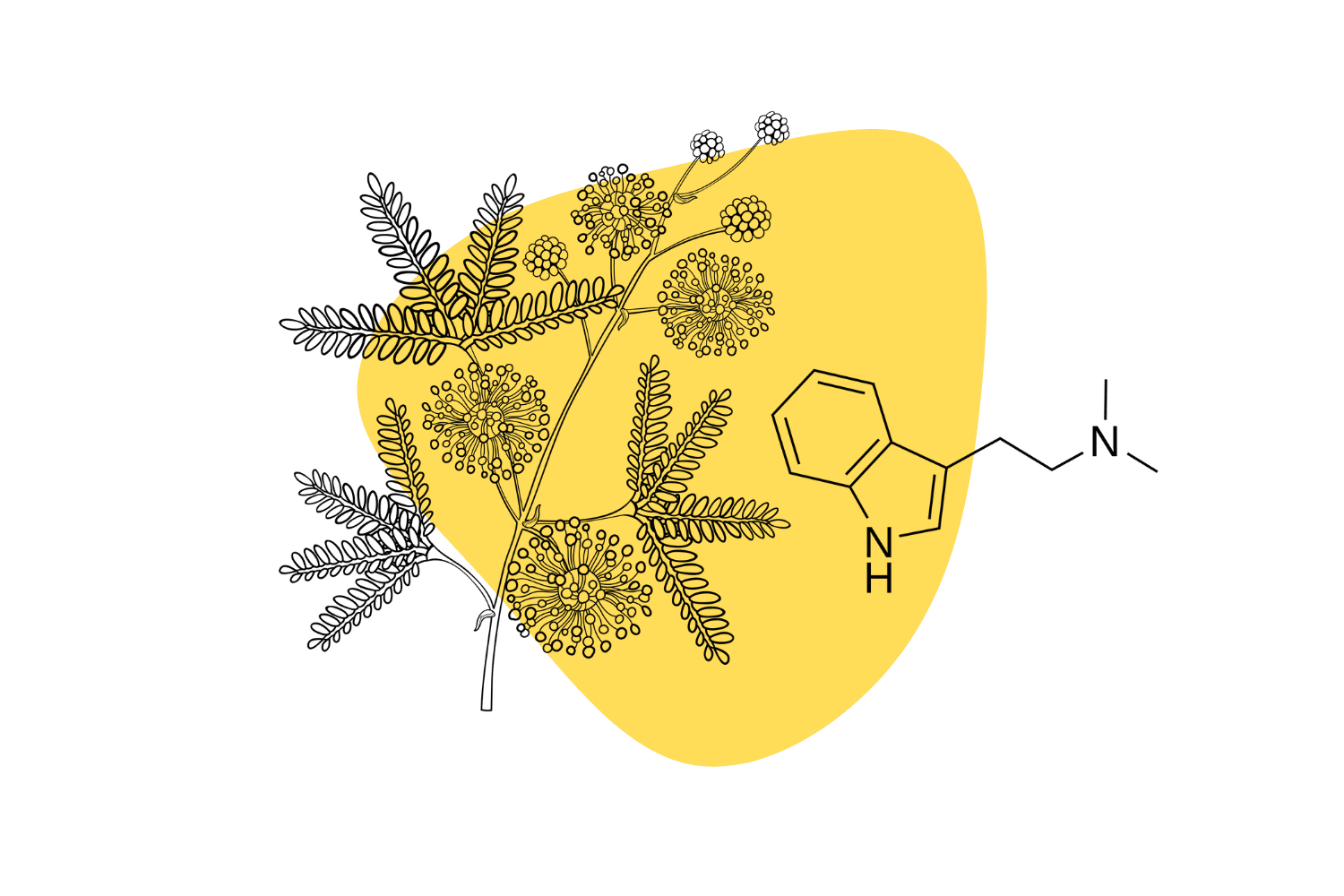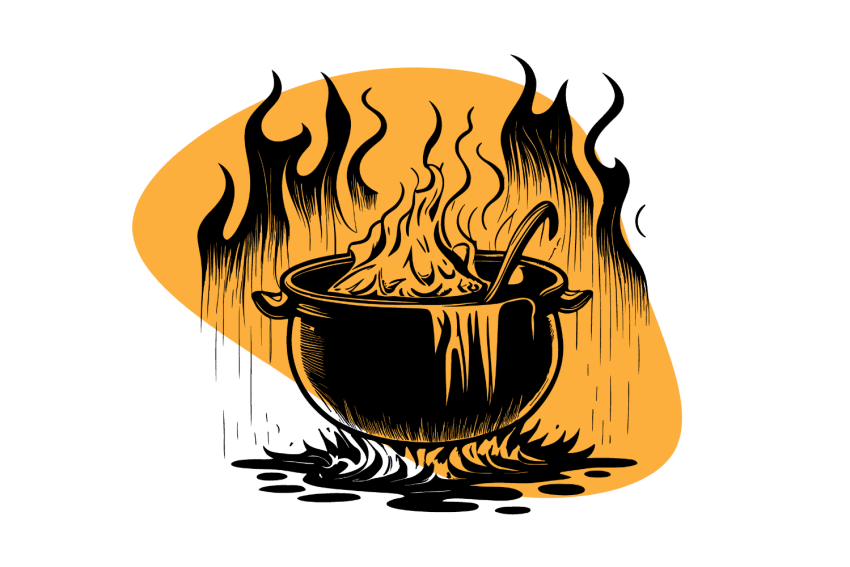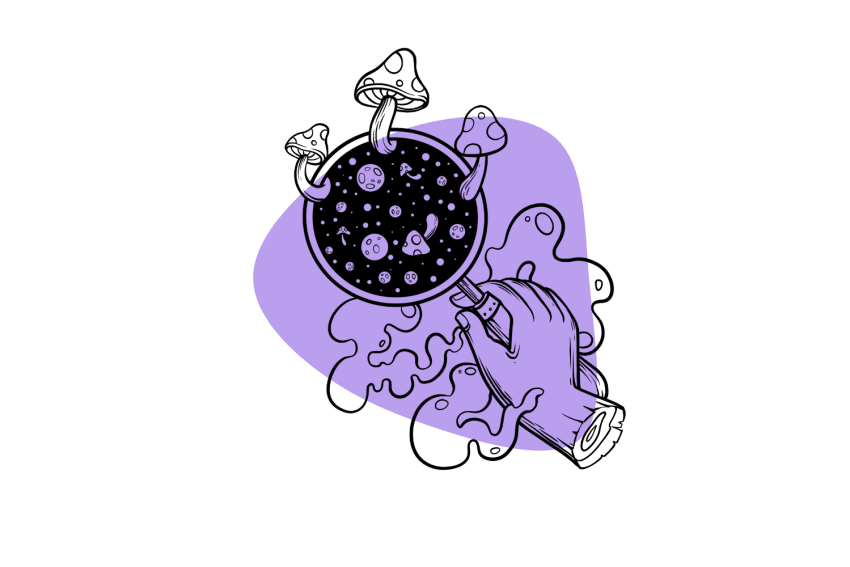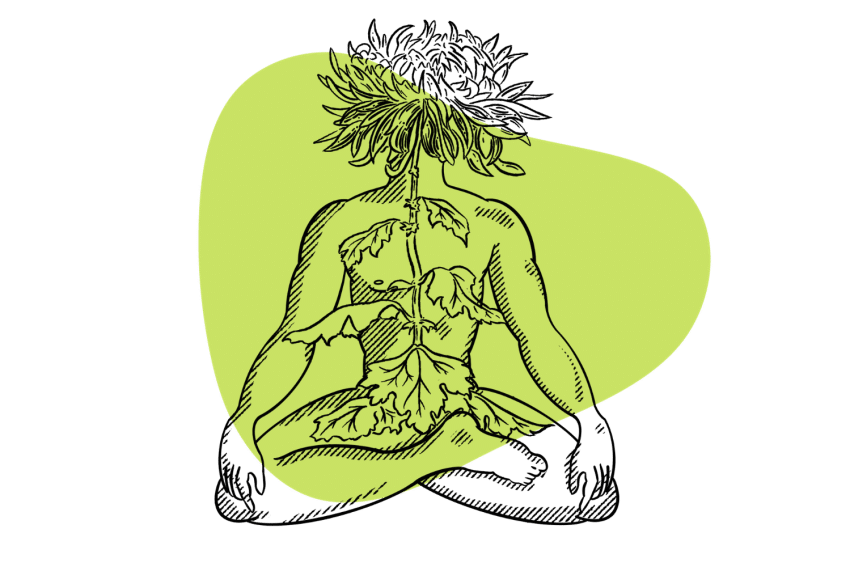DMT Meditation: Two Methods for Doing It, & the Risks of Both
In this article, we explore how people combine the powerfully psychedelic compound, DMT, and various different kinds of meditation to achieve transcendental experiences.
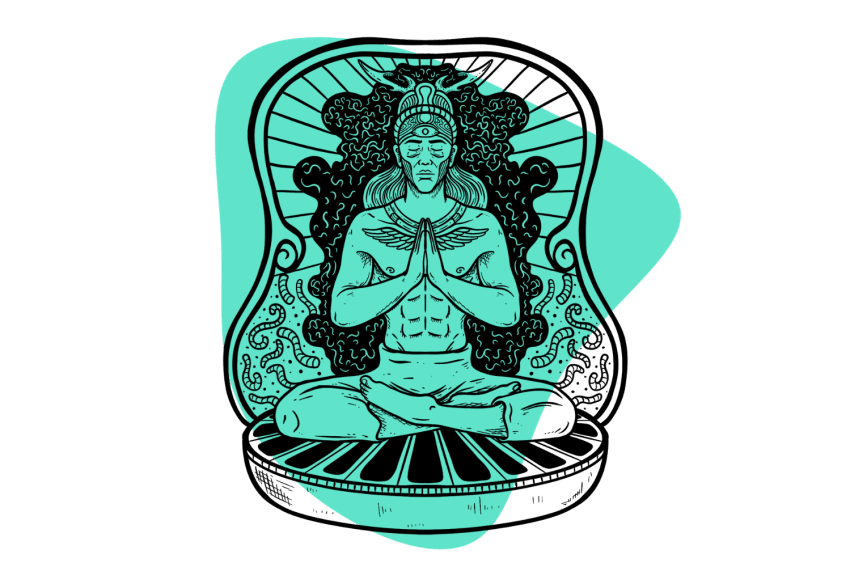
When someone mentions DMT meditation, they could be referring to one of two things:
- Meditating While Using DMT — Either meditating before, after, or during the use of N,N-dimethyltryptamine (DMT), or 5-MeO-DMT.
- Meditation to Induce “Endogenous DMT” — The mechanisms for doing so are inconclusive, but many report “DMT-like” experiences during meditation.
Under appropriate conditions, they’re extremely powerful tools for personal growth and insight, but they also have the potential to lead to terrifying experiences. Users should be extremely familiar with the good and bad sides of DMT before practicing these meditations.
Meditating With DMT
Combining DMT with meditation can help shape the meditation and the psychedelic experience.
It can be exciting or overwhelming, and people seeking a spiritual experience may find themselves “in over their heads” without proper preparation.
If you are planning to combine DMT with meditation:
- Sit or lay down before smoking DMT, and make sure your surroundings are soft
- Meditate for a while before taking the DMT, and make sure you’re in a clear headspace
- Enter the experience with an intention, phrase, or question you wish to explore
Some forms of meditation, like holotropic breathwork, may even release endogenous forms of DMT. While this is speculative, researchers have found endogenous DMT in rodents’ brains — and they can release large amounts of it, too (at least during cardiac arrest) [1].
We’ll touch on this more below, but for now, take it as a word of caution — combining meditation with DMT can strengthen the experience, which has good and bad implications. Put in extra caution and prepare yourself for the experience beforehand.

Meditation With Different Doses of DMT
While people often search for the “breakthrough” experience — a term psychonauts use for the effects of high doses of DMT — there are benefits to lower doses as well. In combination with meditation, low-to-medium doses of DMT can help keep you present and process thoughts and messages more easily.
Some choose to take DMT alongside, before, and/or after meditating (or a combination of the three). The best way to utilize the two largely depends on the dosage of your DMT since the effects can vary greatly depending on this.
Threshold Dose DMT (10–15 mg)
A threshold dose refers to the smallest possible amount with noticeable psychedelic effects. With this amount, you won’t leave your body or lose consciousness, but you will experience slight alterations in perception.
Effects: Light open-eye/minor closed-eye visuals (OEV/CEV); euphoric mood; light bodily effects
Meditation Practice: This is a good dose to take alongside breathwork practices and/or mindfulness meditation, as it can help with insightful thinking without being overwhelming
Low Dose DMT (15–20 mg)
This dose of DMT will produce significant visual and auditory hallucinations featuring intense fractal and geometric patterns. You shouldn’t lose consciousness at this dose.
Effects: Heavier euphoria but still not too overpowering; closed-eye visuals will be more prominent, and your thinking will become slightly less lucid
Meditation Practice: Helpful before or during a meditation session (provided you still take time to clear your headspace before taking the DMT). During meditation, CEV may make it difficult to keep your eyes closed, but this is the optimal dose for experiencing, reflecting, and remembering CEV for some. Breathwork can enhance the experience to higher levels, so it may be best to stick with a mindfulness meditation at this range.
Medium Dose DMT (20–25 mg)
This dose can be pretty intense. It’s a good idea to slowly build up to this dose once you get a feel for the effects. It can feel pretty overwhelming at first, featuring intense fractal visions, changes in consciousness, and even feelings of being in “another place” or outside the body.
Effects: Don’t try this level before attempting one of the ones above it, as this can be a much more profound experience. Visuals will be much higher and more profound, headspace becomes much less “lucid,” and breakthroughs are possible.
Meditation Practice: This is where it gets harder to meditate while using DMT, as the experience can be overpowering. As such, it’s best to meditate for a long time before and after, as it can help prepare your mind and integrate the experience. Practice some breathwork beforehand (to prepare to smoke the DMT), and consider performing a meditation repeating a mantra you set as a theme for your experience. Afterward, just sit silently and let the mind do what it wants.
High/Breakthrough Dose DMT (25+ mg)
This experience will be very powerful. You may or may not “leave your body” temporarily, and it’s possible for you to lose consciousness for a few moments. The visions are intense, and many people report experiencing DMT entities at this dose.
Effects: For experienced users of DMT only — plan to have a comfortable place to lie down. DMT can feel overwhelming at this dosage and often takes over the entire world and field of vision of the user. For a while, you may feel there isn’t a “you” at all.
Meditation Practice: Practice breathwork heavily before taking a breakthrough amount of DMT. It’s important to prepare your lungs when smoking or vaping it, and it can help reduce the unpleasant effect while you’re beginning a profound psychedelic experience. Don’t plan to meditate during this dosage of DMT, but use your time before to set an intention through mantra meditation and spend some time reflecting in silence on the experience you’ve undergone — or consider journaling on the experience to meditate on what happened.
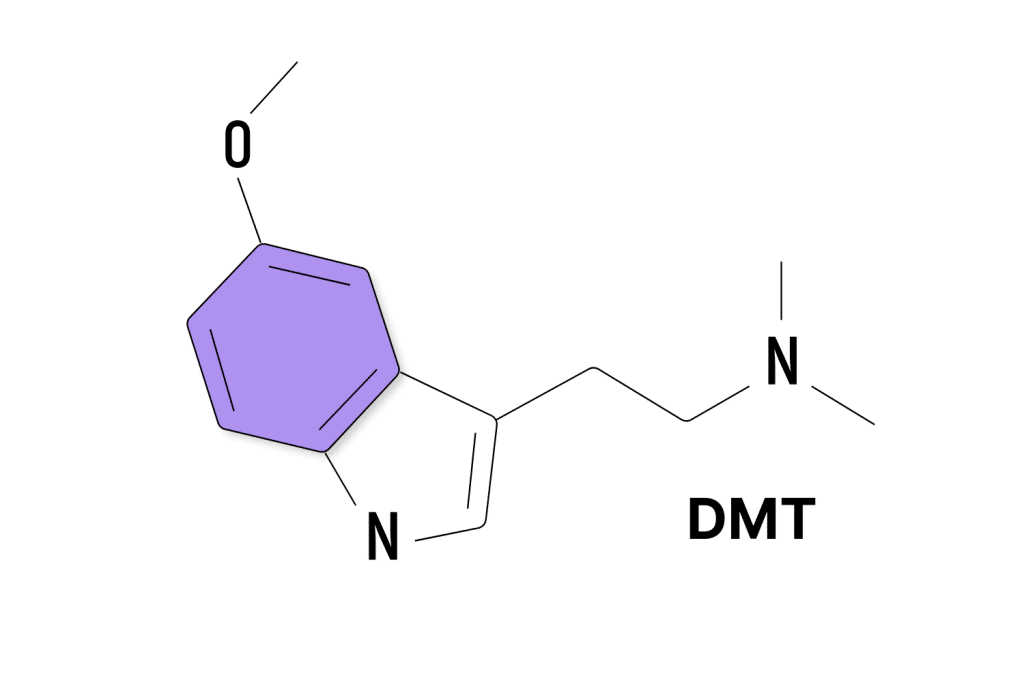
Are DMT-Like Effects Possible Through Meditation?
The mechanisms behind a transpersonal — or “mystical” — experience on meditation have yet to be fully proven through research. However, the sensations of some “breakthrough” moments in meditation take on a distinctly DMT-like effect, according to some [2].
One of the most popular practices for this is Kundalini yoga, a form of breathwork focusing on the various energy channels within the body. The experience has been too much for some and has even led to traumatic experiences (like you might expect from someone using DMT when they aren’t ready).
Whether it’s DMT leading to it or simple introspection, practice the same harm reduction you’d use for trying a new psychedelic when it comes to powerful meditative techniques. Take things slowly, learn as much as you can, and focus on an intention over the experience of “breaking through.”
Benefits & Risks of Meditating With DMT
Meditation and DMT are a mostly beneficial match, but the combination of deep introspection with a powerful psychedelic can feel overwhelming. It’s essential to remember the power behind both actions and treat them with the respect they deserve.
It’s common for people to have “bad trips” through meditation alone, and adding DMT to the mix can lead to traumatic experiences. Like mixing any two psychedelics — and meditation certainly can be similar — get to know your emotions during meditation and DMT separately before combining the two.
When done in this way, DMT and meditation can be useful ways to:
- Setting the tone for a DMT experience and establishing an intention through meditation before
- Explore the themes and messages more fully and intentionally
- Enhance the experience of DMT and create a more profound effect
- Integrate your trip by meditating on the experience after
- Return to the messages of your trips by meditating on them well into the future
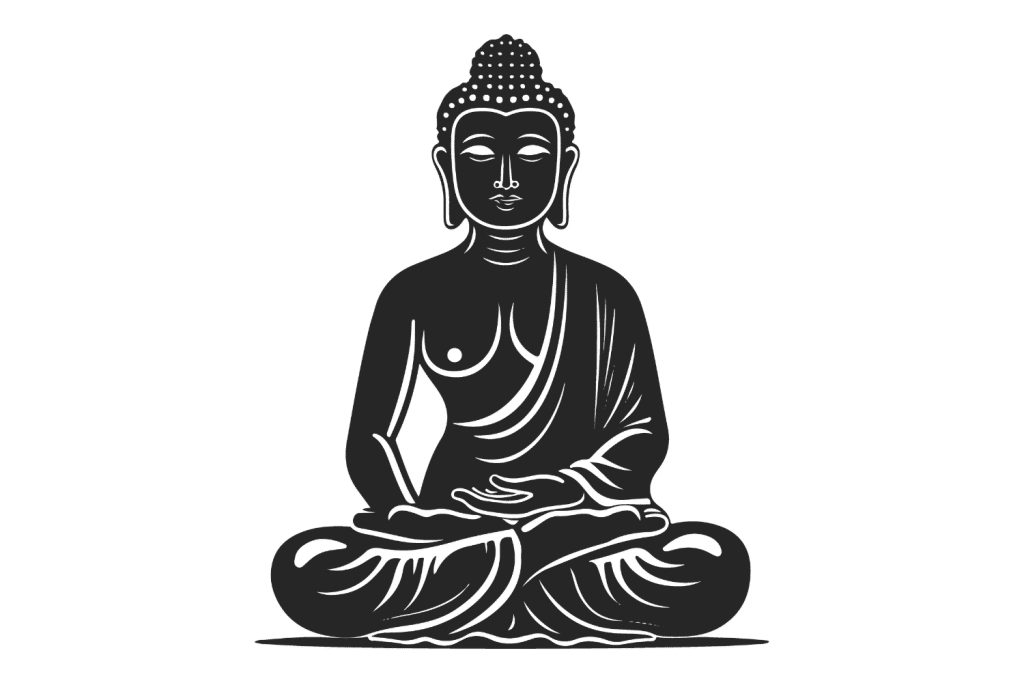
References
- Dean, J. G., Liu, T., Huff, S., Sheler, B., Barker, S. A., Strassman, R. J., Wang, M. M., & Borjigin, J. (2019). Biosynthesis and Extracellular Concentrations of N,N-dimethyltryptamine (DMT) in Mammalian Brain. Scientific Reports, 9(1), Article
- Psychedelics, Meditation, and Self-Consciousness—PMC. (n.d.). Retrieved September 18, 2023


